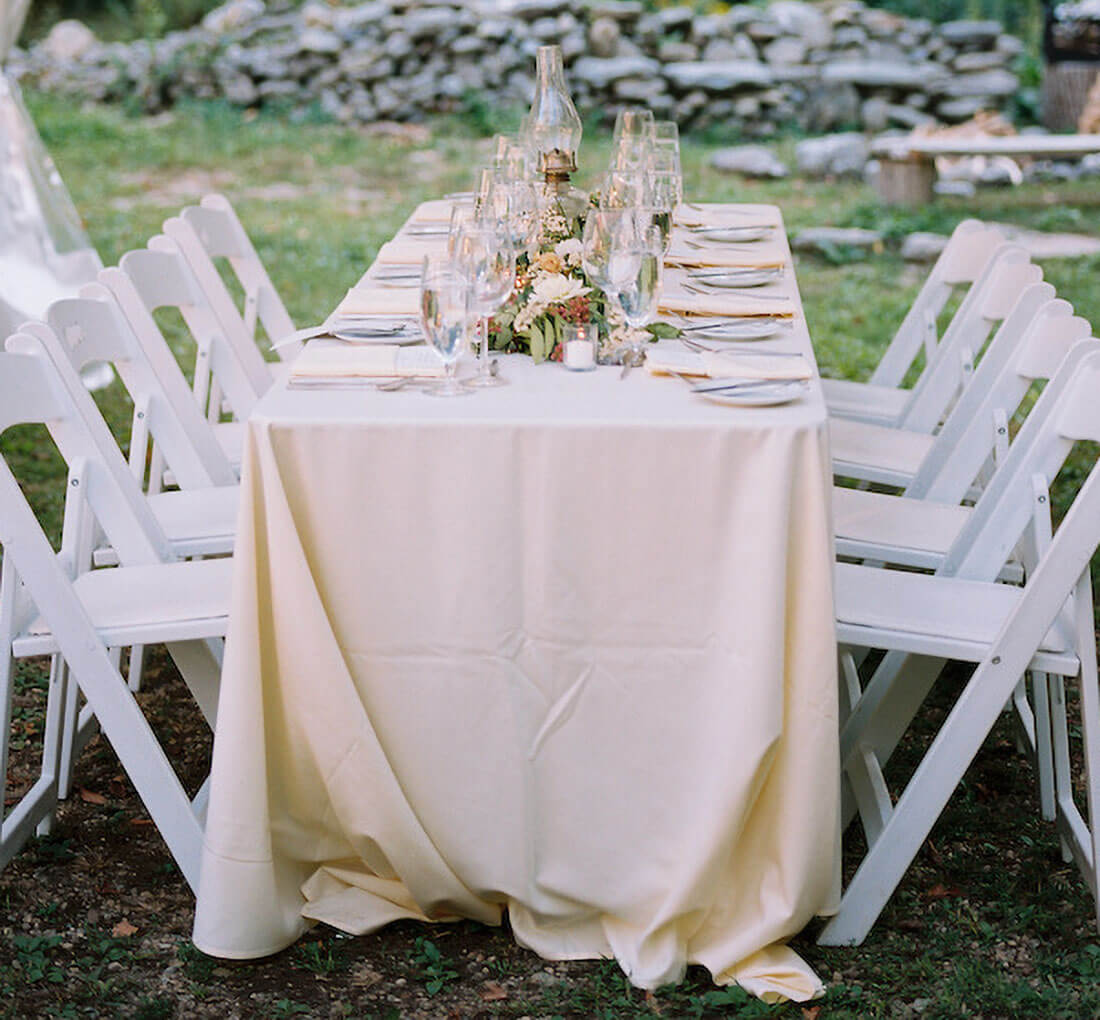Linen Material: Understanding the Beginnings, Features, and Benefits of This Lavish All-natural Product
Linen, the refined and classy fabric recognized for its extravagant feel and classic charm, has an abundant history that dates back centuries. Its beginnings can be traced to old people that prized its exceptional top qualities. Past its historical relevance, linen has distinctive characteristics that establish it besides various other textiles, making it a preferred option worldwide of fashion and interior decoration (flat sheet). Understanding the advantages of this all-natural material exceeds plain aesthetics; it uses a variety of benefits that accommodate both functional and environmental considerations. From its flexibility in numerous applications to its sustainable production approaches, linen remains to inspire and mesmerize.
Historical Roots of Linen
Bed linen, a fabric with old beginnings, has played a considerable role throughout background due to its exceptional buildings and convenience. Dating back to old people, linen has been a treasured fabric for its phenomenal breathability, longevity, and lavish feel.
In medieval times, linen remained to be highly respected, with its production becoming a substantial market in Europe. The convenience of bed linen made it a staple material for clothing, house products, and even sails for ships. Throughout the Renaissance, bed linen was further raised in status, with its usage in fine garments and family linens symbolizing riches and social standing.
Distinctive Features of Linen
Distinguished for its extraordinary breathability and longevity, bed linen material flaunts distinct characteristics that have made it a popular fabric for centuries. One of the vital features of linen is its unequaled breathability, which permits air to flow through the fabric easily.
Linen material additionally ends up being softer and more comfortable with each wash, boosting its appeal over time. Its capacity to resist dirt and stains, along with its hypoallergenic residential or commercial properties, further add to the appeal of bed linen as a premium fabric selection.
Benefits of Making Use Of Linen
With its exceptional breathability and resilience, linen fabric offers a wide range of benefits that make it a prominent choice for different clothing and household items. One of the key benefits of making use of linen is its breathability. Bed linen fibers are hollow and permit for far better air movement, maintaining the body cool and comfortable in heat. Additionally, bed linen is highly absorptive, efficient in taking in moisture without feeling wet, making it suitable for summer garments.
In addition, linen is a resilient material that comes to be softer and more comfortable with each laundry, ensuring durability and minimizing the like this demand for constant replacements. This sturdiness also prolongs to its resistance to moths and rug beetles, making bed linen things much less vulnerable to harm contrasted to other products.
In addition, linen is a sustainable selection, as it is made from the flax plant, which calls for much less water and chemicals to expand contrasted to cotton. Its all-natural fibers are likewise eco-friendly, adding to eco-friendly techniques. To conclude, the advantages of using linen encompass comfort, sturdiness, sustainability, and resistance to bugs, making it a flexible and appealing choice for different applications.
Versatile Applications of Linen

In addition, linen's adaptability transcends the garment industry, discovering its place in different home decor products. Linen curtains bring a touch of underrated high-end to living rooms, allowing all-natural light to filter through while adding appearance and depth to the space. Bed linen bedding is one more sought-after option, known for its breathability and capacity to keep sleepers cool in the summer season and warm in the wintertime. Padding covers, table linens, and also upholstery take advantage of bed linen's functional buildings, adding a touch of class and convenience to any home setting.
Sustainability in Linen Production

Furthermore, bed linen's natural shielding residential properties can help conserve energy by maintaining individuals cool down in warm weather and cozy in chillier climates, possibly reducing the dependence on artificial home heating and cooling down systems. Embracing bed like this linen as a lasting choice in fabrics lines up with the expanding global emphasis on eco conscious methods in different industries.
Final Thought
In conclusion, bed linen textile has an abundant historical background, distinctive characteristics, and countless benefits. Linen's unique properties such as breathability, durability, and moisture-wicking capacities establish it apart from other fabrics, making it a elegant and sensible choice for apparel, home fabrics, and other products.
Throughout the Renaissance, bed linen was Home Page more raised in standing, with its use in fine garments and family linens signifying riches and social standing. (flat sheet)
Renowned for its extraordinary breathability and durability, bed linen material flaunts unique characteristics that have actually made it a favored fabric for centuries.With its remarkable breathability and durability, bed linen fabric uses a wide range of advantages that make it a popular option for numerous clothes and house products. Padding covers, table linens, and even furniture benefit from linen's functional residential properties, adding a touch of refinement and convenience to any kind of home setting.
Linen's one-of-a-kind homes such as breathability, durability, and moisture-wicking capabilities set it apart from various other textiles, making it a extravagant and practical selection for clothing, home textiles, and various other items.
Comments on “High Quality Flat Sheet Selection: Convenience and Longevity for each Bed”